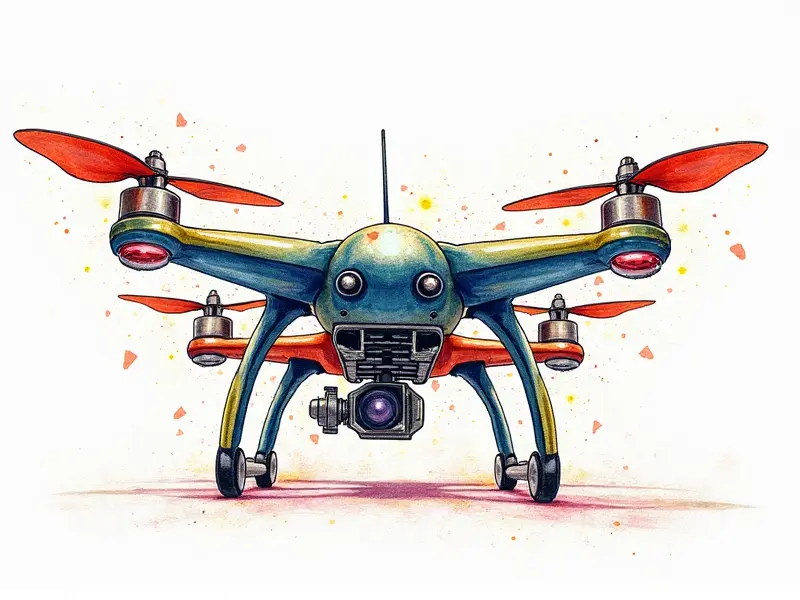What is a PDB in FPV?

What Is a PDB in FPV Racing?
In the world of First-Person View (FPV) drone racing, every component plays a crucial role in ensuring optimal performance and reliability. One such essential component is the Power Distribution Board (PDB), which acts as the central hub for distributing power to various parts of the drone.
Understanding PDBs in FPV Drones
The PDB serves multiple functions, including voltage regulation, signal distribution, and protection against electrical faults. It is a critical component that ensures all electronic systems on an FPV drone receive the necessary power to function seamlessly during races or flights.
The Role of PDB in FPV Systems
One of the primary roles of a PDB is to manage the distribution of power from the battery to other components such as motors, flight controllers, and video transmitters. This ensures that each part receives consistent and stable voltage, which is vital for maintaining performance.
Explaining PDB for FPV Beginners
Newcomers to FPV racing might wonder why a dedicated board is necessary when other components could handle power distribution on their own. The answer lies in the efficiency and reliability that a specialized PDB provides, offering better protection against electrical issues and improved performance.
Why PDB Matters in FPV Setup
The importance of selecting an appropriate PDB cannot be overstated. A well-chosen PDB can significantly enhance flight stability, reduce the risk of crashes due to power failures, and ensure that all components operate at peak efficiency during high-stress racing conditions.
Basics of PDB in FPV Drone Tech
To understand how a PDB works, it's essential to know its basic features. These include:
- Voltage Regulation: Ensures that all components receive the correct voltage.
- Current Sensing: Monitors and reports electrical current usage.
- Fault Protection: Provides protection against short circuits and overloads.
How PDB Enhances FPV Performance
A high-quality PDB can greatly enhance the overall performance of an FPV drone by providing reliable power distribution. This leads to smoother flights, better control response, and reduced risk of component failures during critical moments in races.
A Guide to PDB in FPV Racing Drones
Choosing the right PDB for your FPV racing setup involves several considerations:
- Battery Compatibility: Ensure that the PDB is compatible with your chosen battery type and capacity.
- Current Rating: Select a PDB that can handle the maximum current draw of your motors and other components.
- Protection Features: Look for features like overcurrent protection, short circuit prevention, and thermal management to safeguard against electrical failures.
Unpacking the Function of PDB in FPV
The function of a PDB goes beyond mere power distribution. It also plays a crucial role in signal routing and redundancy for critical systems like flight controllers and video transmitters, ensuring that your drone remains operational even under challenging conditions.
PDB 101: A Guide to FPV Power Distribution
For those new to the concept of PDBs, here’s a quick primer:
- Types of PDBs: There are various types available, including full-size boards with extensive features and compact models for smaller drones.
- Integration: Proper integration is key to ensuring that the PDB works seamlessly with other components in your FPV setup.
Exploring PDB Features for FPV Pilots
Pilots looking to optimize their FPV drones should consider these features when selecting a PDB:
- Built-in BECs (Battery Eliminator Circuits): These provide regulated power to the flight controller and other low-voltage components.
- Dedicated Power Rails: Separate power lines for different systems can improve reliability by reducing interference between components.
- Mounting Options: Ensure that the PDB offers secure mounting options compatible with your drone frame.
Conclusion
The Power Distribution Board is a vital component in any FPV racing setup, playing an indispensable role in ensuring reliable and efficient power distribution. By understanding its functions and selecting the right PDB for your needs, you can enhance the performance of your drone and enjoy smoother, more stable flights.

